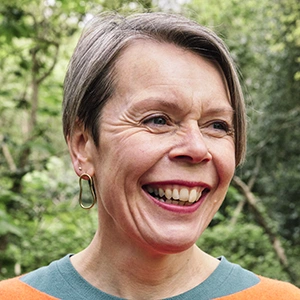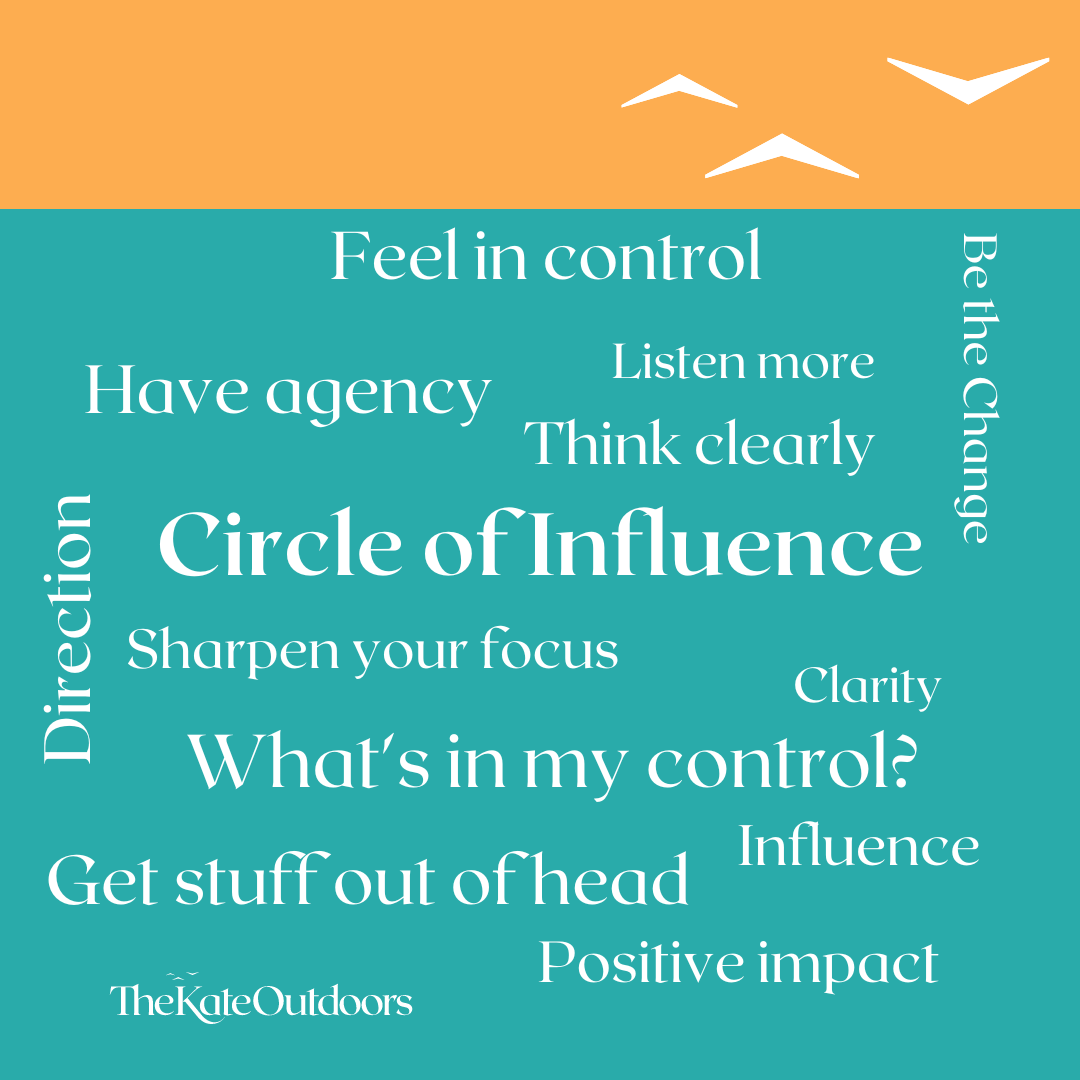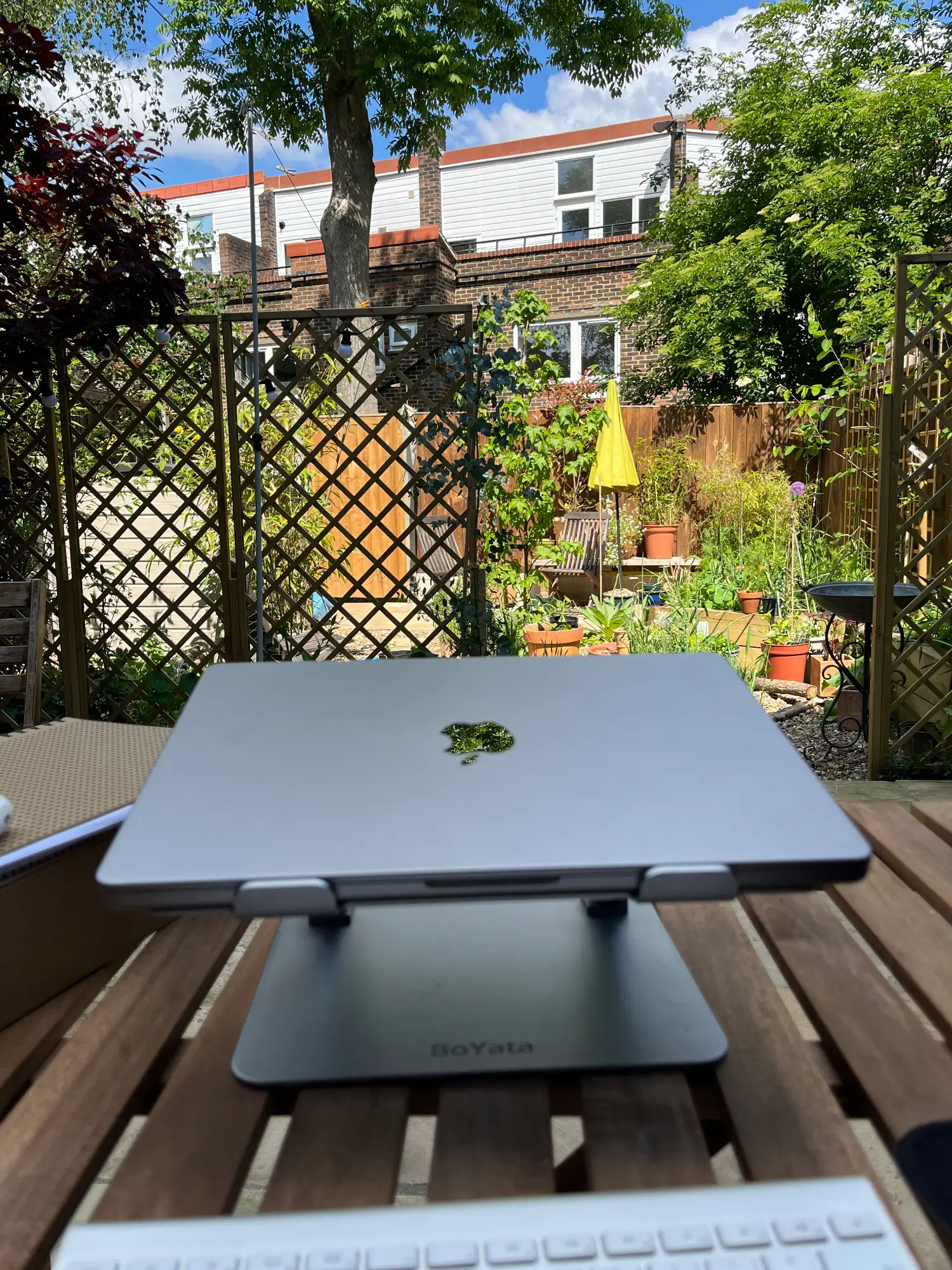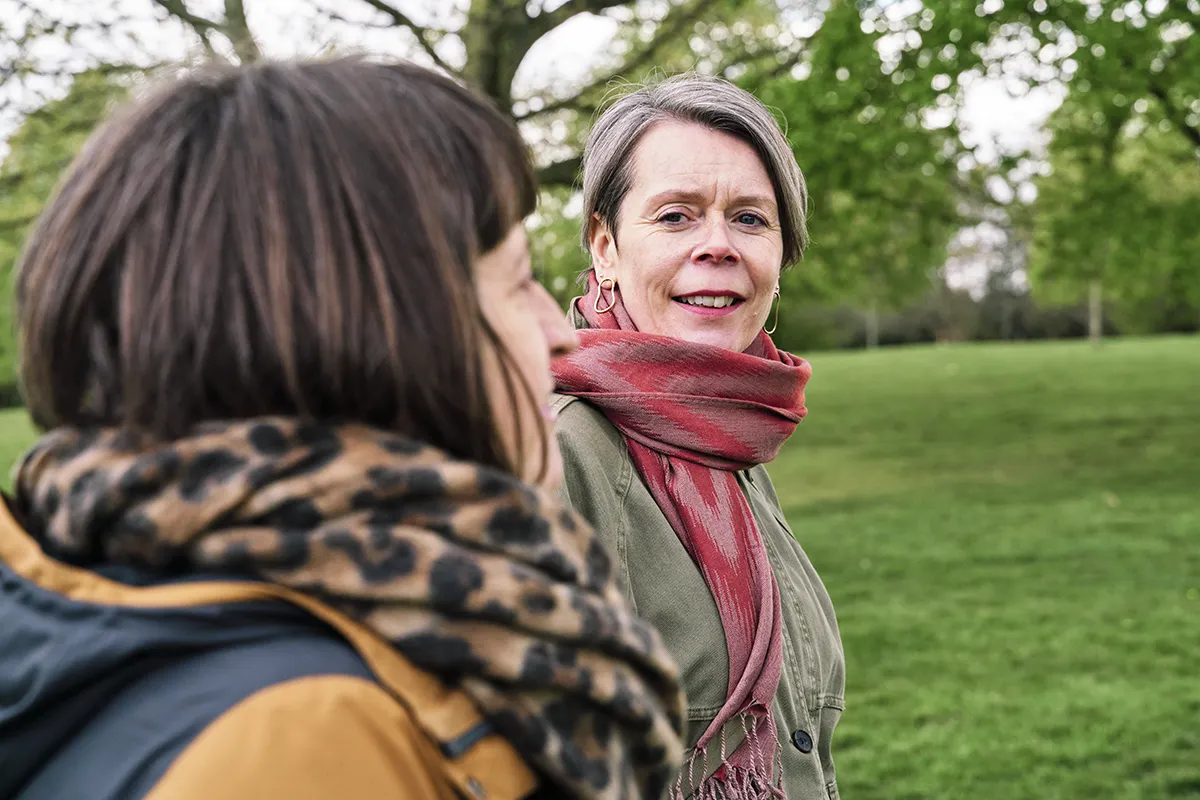As the festive season approaches, many of us feel the pressure of long to-do lists and endless responsibilities. While some pressure is good and can motivate us, too much can leave us feeling stressed or feeling inadequate – a poor combination for mental wellbeing.
If you’re looking for a simple, practical way to manage stress and regain control at work or in life, the Circle of Influence exercise could be the answer.
What is the Circle of Influence exercise?
Stephen Covey’s Circle of Influence helps you focus on what you can control, and let go of what you can’t. When we spend energy worrying about things beyond our control, it increases frustration and helplessness. Instead, refocusing on areas where we can instead use our influence more effectively, helps us feel more empowered and in control. Simple, right?!
This exercise can help you to:
- Compartmentalise your thoughts and reduce the worry
- Prioritise actions that you can impact
- Shift your energy towards more positive outcomes
A real-life example – my Life Coaching client
A client recently was telling me about her increased workload, changes in her organisation and a lack of clarity in roles and responsibilities. It was affecting her sleep, she had stopped exercising and was eating unhealthily. Stress was spilling into her life, leaving her feeling frustrated, stuck and doubting her abilities at a time where she felt she had to ‘be on form’.
Using the Circle of Influence (exercise coming!), she identified what was beyond her control—like wider company decisions—and started to realise that by letting go of those frustrations, she could free herself from worry and negative thinking. Like, what she could influence, and what she already had direct control over. She changed her approach collaborating with colleagues, and they began to clarify their roles and responsibilities. Worth saying here, that she acknowledged that she had to keep working at it, reminding herself to concentrate on what was within her control – and we continued this work over another session. A mindset shift.
Take a look at this blog post about being confident, if this resonates.
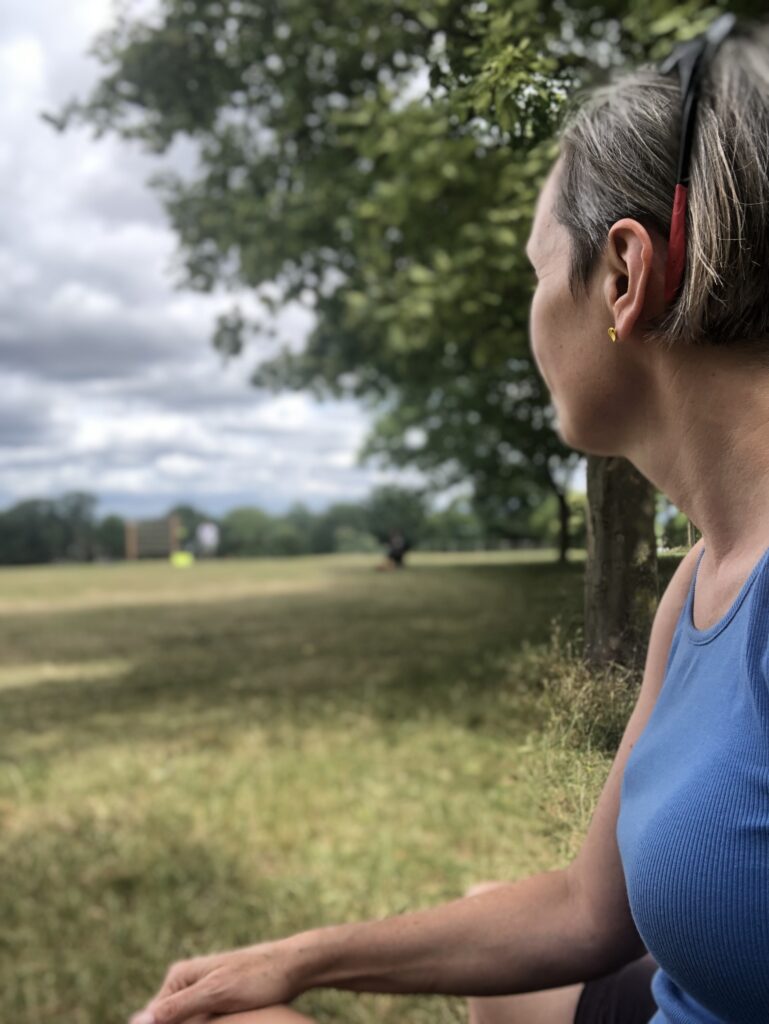
Why The Circle of Influence Works
The Circle of Influence helps you to effectively reframe problems into solutions, while prioritising what truly matters. It:
- Gets your thoughts out of your head and onto paper
- Refocuses your energy on actions you can take
- Helps manage workplace pressure, improve relationships, and tackle career challenges
To reframe a problem requires you to consider an alternative perspective – and this is the key; you probably already know what this is, but aren’t allowing yourself to consider it – yet.
Want to find out more? Book a free call to find out how my walk and talk coaching could help you take on a fresh perspective too.
How to do The Circle Of Influence exercise
- Download the Circle of Influence exercise and think of the issue you’re currently facing – ie ‘I’ve got too much work’ or ‘how can I manage my manager?’ etc
- Inside the Circle of Control, write everything you have direct control over
- Inside the Circle of Influence, list what what you have indirect control over, and things you could influence
- In the final circle – Outside my Control, write what you’re concerned by but cannot control
- Focus on the items within your Circle of Control to create actionable steps and start small
This exercise is a great way to manage stress, tackle work frustrations, and navigate big life changes.
If you’re feeling stuck or felling overwhelmed, why not give it a go?
If you’d like this exercise as a free download for this exercise, click here.
For personalised support, let’s chat about how coaching in or outdoors, can help you regain control and move forward. Book your free call here.

Top 3 tips when you’re feeling stressed or too busy
- Write on paper. Journaling and noting our thoughts helps get thoughts OUT; we see the issue on paper – we get perspective
- Get outdoors into greenery, with NO PHONE/PODCAST/MUSIC/CALLS. Yes, permission to switch off quite literally, and recharge. This is my personal fave tip and one of the reasons I Life Coach outdoors – read more HERE
- Take time to slow down – especially when we feel the need to be ‘faster’ or ‘do more’. When we pause, we allow ourselves to recharge. We can start to think more clearly, even though we might feel resistance
Join my Mailing List for your FREE guide on How to Slow Down and Get Outdoors More – short exercises to take a breather from the everyday. Bottom left of this page!
